Dengue is one of the most debilitating mosquito-prone diseases prevalent in most parts of the world. Dengue fever is also known as break-bone fever, and it cannot be directly transmitted from person to person. The virus is transmitted by the Aedes Aegypti mosquito that has been infected with dengue. When an Aedes Aegypti mosquito bites a dengue-infected person, the mosquito gets infected with the virus and can transmit it to other people through mosquito-to-human transmission. Dengue can be caused by four viruses, namely DENV-1, DENV-2, DENV-3, and DENV-4. After a person recovers from dengue fever, they get long-term immunity against the virus that caused the dengue infection, but not against the other three viruses. This means that there is still a chance that the person may get infected by the other three dengue virus strains. For diagnosing a fever as dengue, healthcare professionals use the dengue NS 1 antigen test, which checks for the non-structural protein, NS1, of the dengue virus in the body. These tests play a vital role in identifying and treating the infection, which helps minimise the impact and after effects of dengue fever. Despite being a common disease in many tropical and subtropical countries, there are many precautions for dengue fever that one can take to keep oneself and our loved ones safe.
Symptoms of Dengue Fever
When a person is infected with dengue fever, the virus remains in the blood for 2-7 days which is generally the time the fever takes to develop. Usually, the symptoms of dengue fever are similar to that of a simple fever and may affect the human body up to seven days after being bitten by the virus-carrying mosquito. Recognising the symptoms early can help in a faster recovery and prevent long-term after effects of dengue.
While there are four types of dengue fever, they may further be classified based on the severity of the infection:
Mild Dengue Fever
The symptoms of mild dengue fever may appear up to seven days post being bitten by the Aedes Aegypti mosquito. Common symptoms of mild dengue fever include:
- Headache
- Muscle and joint pain
- Skin rashes
- High fever
- Nausea and vomiting
- Swollen glands
- Pain behind the eyes
- Dengue Haemorrhagic Fever
The symptoms of dengue haemorrhagic fever are mild at first, and dengue fever complications gradually get severe over time. Common symptoms of dengue haemorrhagic fever include:
- Internal bleeding
- Low platelet count
- Severe stomach aches
- Small blood spots under the skin
- Weak pulse
- Bleeding from the gum, mouth, and nose
- Dengue Shock Syndrome
Dengue shock syndrome is a fatal form of dengue infection, which can lead to more severe symptoms than mild dengue fever and dengue haemorrhagic fever. Common symptoms of dengue shock syndrome include:
- Disorientation
- A fast drop in blood pressure
- Frequent nausea and vomiting
- Blood vessels leaking fluid
"Suggested Read:" Dengue Fever Symptoms in Child, Here's What to Do
Precautions for Staying Safe from Dengue Fever
In terms of precautions against dengue fever, timely intervention can go a long way, depending on how severely the virus has spread in the body. If a person is living in an area where dengue is common, the following dengue prevention and control tips can help them protect themselves from being infected by dengue:
- Wearing Covered Clothing
Wearing non-exposing clothes, like full-sleeve shirts and pants is one of the easiest ways to avoid being bitten by an infected mosquito. The less exposed a person’s body is, the fewer chances there are for them to get bitten. Usually, light-coloured clothing also repels the mosquitos more as compared to dark-coloured clothing.
- Using a Mosquito Repellent
Another way to stay protected from dengue infection is by using a mosquito repellent. The person using a mosquito repellent must first do a patch test before using it on their skin. The higher the concentration of mosquito repellent, the longer its protection.
- Light Up the Living Space
Mosquitos generally breed in dark and damp places. It is always advisable to light up the living space to prevent mosquitoes from invading and breeding inside.
- Staying Hydrated
When a person is infected with dengue fever, their body loses most of its essential fluids through vomiting, which is also one of the most common symptoms of dengue fever. One of the best dengue prevention measures a person should take is to stay hydrated, to ensure the body does not suffer dehydration and does not lose essential fluids.
- Keep Surroundings Clean and Maintain Hygiene
It is crucial to keep the surroundings clean and maintain hygiene to eliminate the risk of mosquitoes breeding. Keeping toilet seats and garbage bins covered is a good practice to protect one from dengue fever.
- Avoid Stagnant Water
The Aedes Aegypti mosquito breeds in stagnant water. Make sure there are no unnecessary accumulations of dirt or stagnant water on the premises. A clean and hygienic environment is always good for preventing mosquitoes from spreading the virus.
- Avoiding Any Kind of Scents
Dengue mosquitoes are generally attracted to smells of sweat and perfumes. Showering often and refraining from using heavily scented perfumes and soaps can also help avoid mosquito bites.
- Maintain Clean Drains
One of the most important but often overlooked dengue precautions is the maintenance of drains. Ensure that drains are free of blockages and stagnant water, as these can become breeding grounds for mosquitoes. Regular cleaning and covering of drains are essential precautions for dengue fever.
- Cover Water Containers
Store water in covered containers to prevent mosquitoes from laying eggs. Uncovered water sources are ideal breeding sites for Aedes mosquitoes.
- Use Bed Nets
Usage of bed nets is counted amongst the age-old precautions not only against dengue but also other diseases that can spread through mosquitoes and other insects. Bed nets are highly effective in preventing mosquito bites while sleeping. This is particularly important in areas with a high mosquito population.
- Personal Protection
Wearing long-sleeved clothing, using mosquito repellents, and installing screens on windows and doors can further protect against mosquito bites, reducing the risk of dengue.
Taking these precautions for dengue fever and being aware of the potential after effects can help in effective management and recovery, minimizing the long-term impact of the illness.
The Recovery Period of Dengue Fever
- Mild Cases (1-2 Weeks)
Recovery from mild dengue fever usually takes about 1 to 2 weeks, with symptoms gradually subsiding. Rest and hydration are key during this period.
- Severe Cases
In severe cases, recovery may take longer and may require hospitalization. Continuous monitoring and following medical advice are crucial for a full recovery.
Post-Recovery Care
After recovering, it’s important to follow after-dengue precautions such as avoiding strenuous activities and ensuring proper nutrition to aid in the recovery process.
The After Effects of Dengue Fever
The after effects of dengue fever depend on factors such as its type, one’s age, medical history, and overall health. Here are some common dengue side effects:
- Prolonged Fatigue
Many individuals experience lingering fatigue as a side effect after recovering from dengue fever, which can last for several weeks. Rest and a gradual return to normal activities are recommended.
- Joint and Muscle Pain
Persistent joint and muscle pain are common after effects of dengue fever, often referred to as "break bone fever." Gentle exercises and pain management strategies can help alleviate discomfort.
- Liver Complications
Severe cases may result in after effects of dengue on the liver, including elevated liver enzymes or inflammation. Regular follow-ups with a healthcare provider are important to monitor liver health.
- Other Side Effects
Hair loss, loss of appetite, and a weakened immune system are additional after dengue fever side effects. Proper nutrition and hydration are vital during recovery.
- Psychological Impact
Some individuals may also experience anxiety or depression as part of the dengue side effects. Seeking support from healthcare providers or counsellors can be beneficial.
Dengue has become one of the most common viruses worldwide. It can however be avoided by staying vigilant about the surroundings. Early detection, combined with prompt action like dengue tests and preventive measures is a positive step towards preventing the spread of the virus.













 7982100200
7982100200



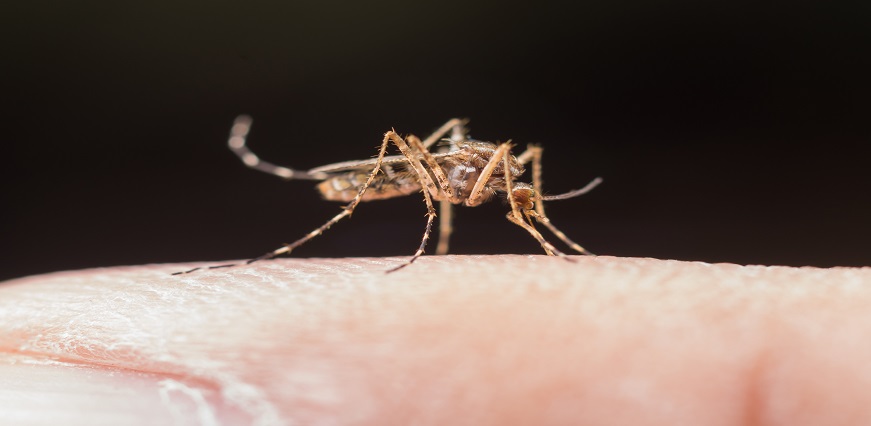

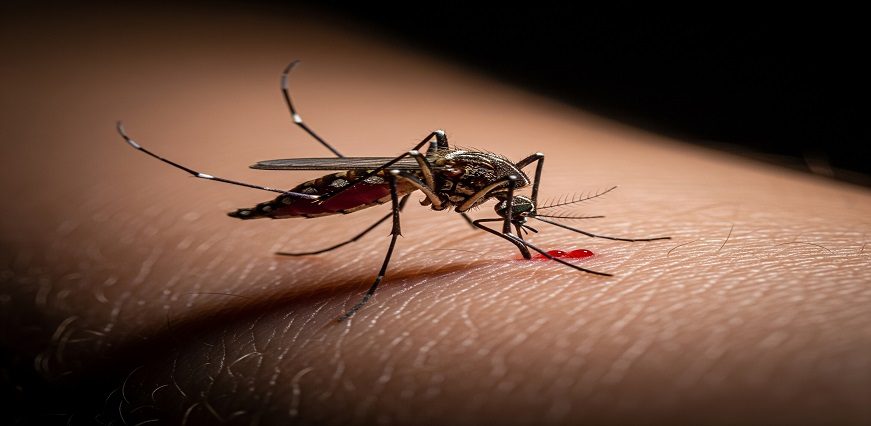
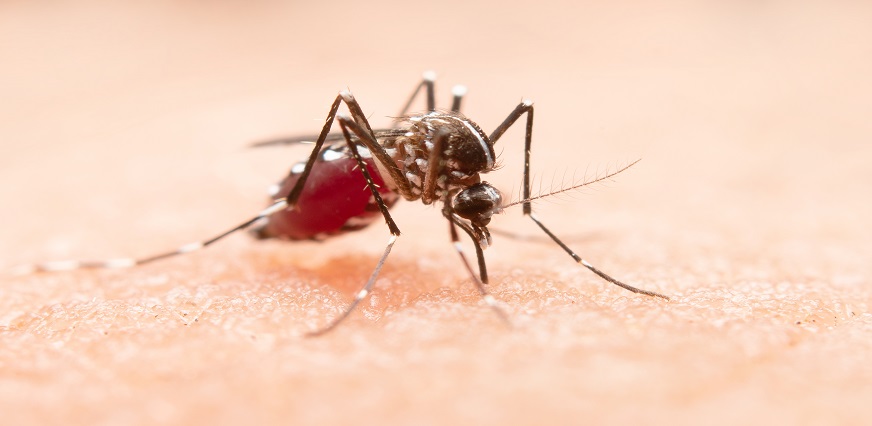
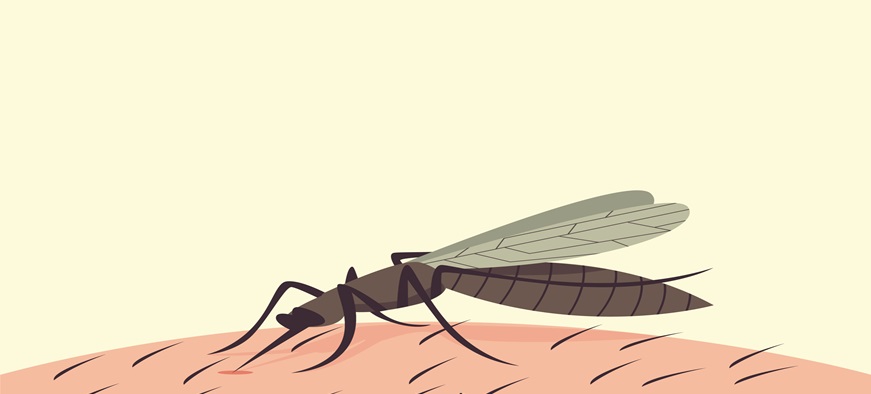
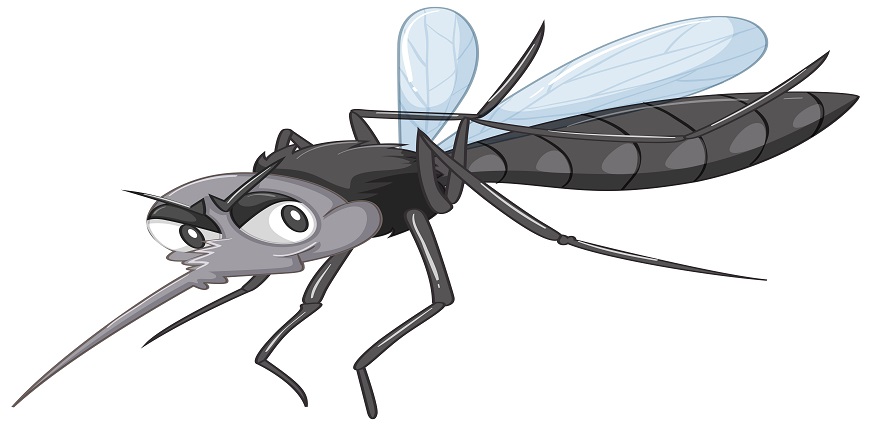
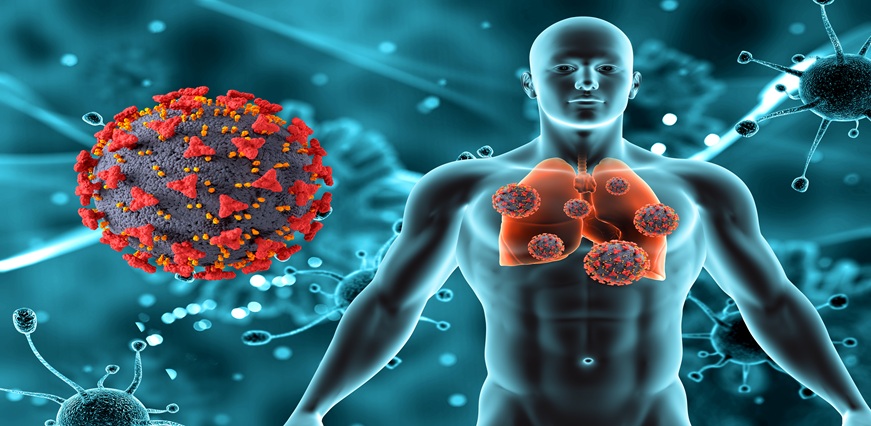
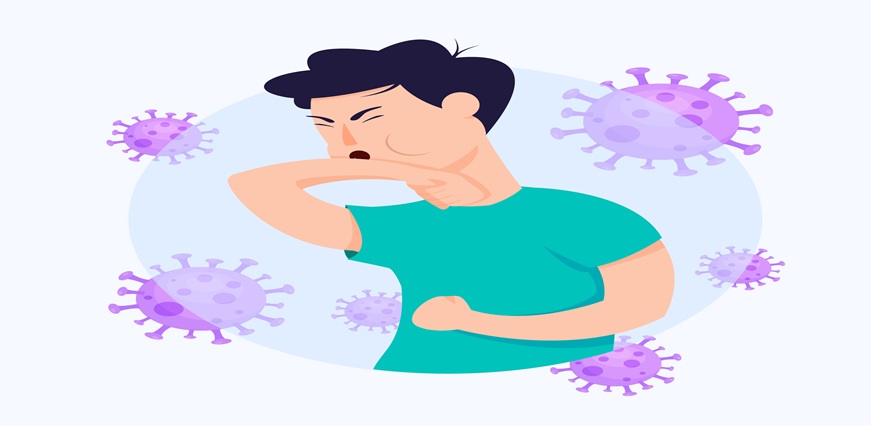

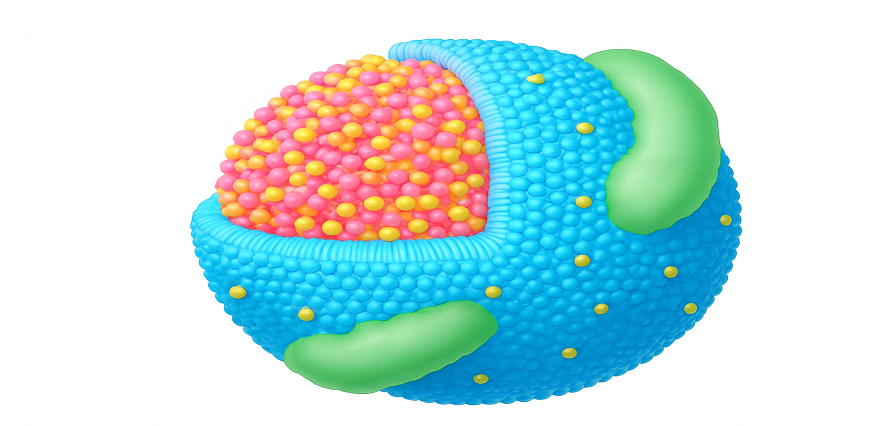

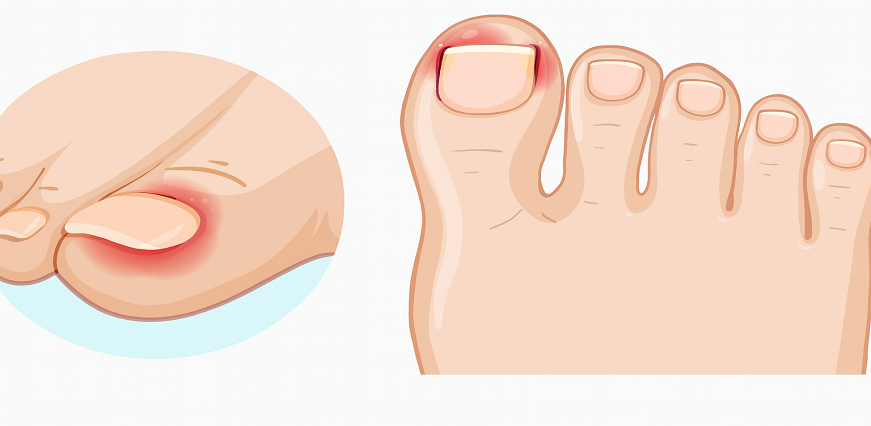


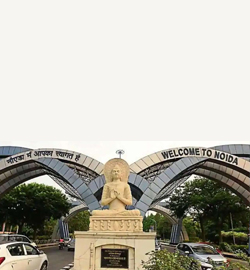


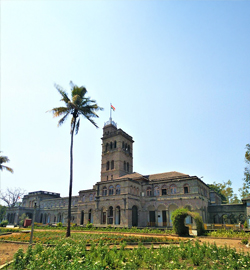



 To reach our help desk call 9213188888
To reach our help desk call 9213188888.png)
Comments